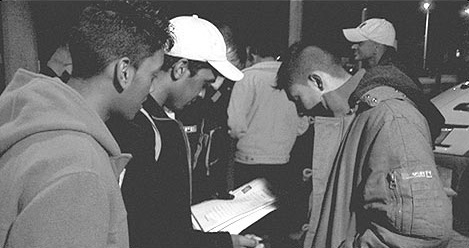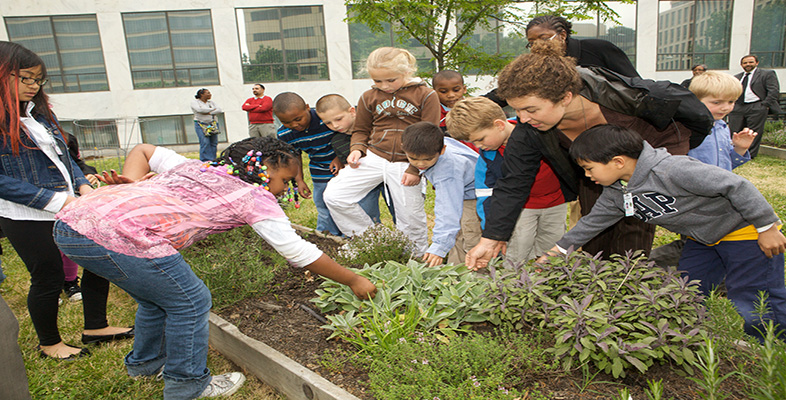1.5.2 The Supervisor
Description: This role is essentially to create and maintain an environment in which young people feel physically safe. It is fundamental to the successful running of any youth group. It is about maintaining an overview of the dynamics, finding ways of interrupting unsafe behaviour in a way that is firm but ‘light’, being around, showing an interest whilst at the same time not getting hooked in by attention-seeking.
Issues: A lot of large and noisy young people rampaging around may be very intimidating for quieter, younger people. It might also lead to physical harm to individuals, to furniture and to buildings. Similarly, projects for young people are not by definition ‘psychologically safe’ places – they have to be made so. There can be direct or indirect bullying and oppressive language, particularly linked with racism, sexism, homophobia and disablism.
A common complaint of those who work with young people is that they constantly find themselves playing this soft-policing role, leaving less time and energy to engage in more developmental work. However, it is important to remember that practitioners have a legal responsibility to protect young people from abuse and harm.
Click in the box below to start playing the video.
Transcript: Madcap - clip 1
10.00hrs James arrives for the final session of his ‘Mad Music’ project.
2.34pm Steve’s first session helping Jackie with her new song
3.41pm
4.37pm
Click in the box below to start playing the video.
Transcript: Madcap - clip 2
1.00pm The second afternoon of a three week ‘Reaching Out’ course
1.25pm LADS CHATTING
3.10 Rating the day’s activities
3.45pm The ‘Reaching Out’ Team evaluate the course so far
Activity 2: Workers talk about their roles
Look at Madcap, Clips 1 and 2. How many of the ‘characters’ we have discussed here can you identify?
Discussion
Comment
In many cases, workers are playing a composite role, drawing together several of the characters we have described. For example, Steve at Madcap might be seen as playing both facilitator and catalyst. He talks about ‘injecting’ enthusiasm, ‘pulling out’ what's inside their heads, finding out what they want, involving them in a creative process. The way he works with young people, working intensively to start with and then gradually withdrawing and making himself redundant, illustrates the process of ‘scaffolding’ within the facilitator role. Gawaine talks about the importance of knowing when to intervene with help and advice and when to let young people take the initiative.

